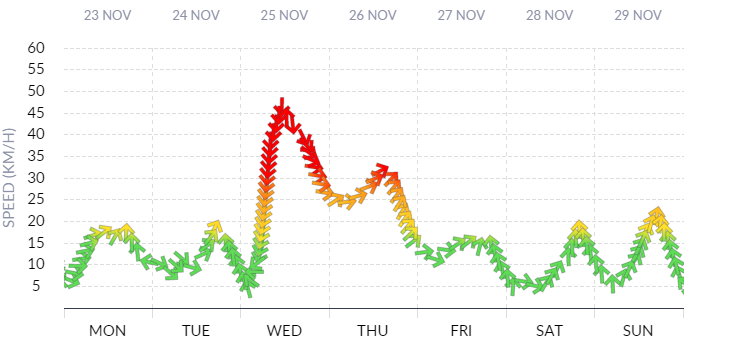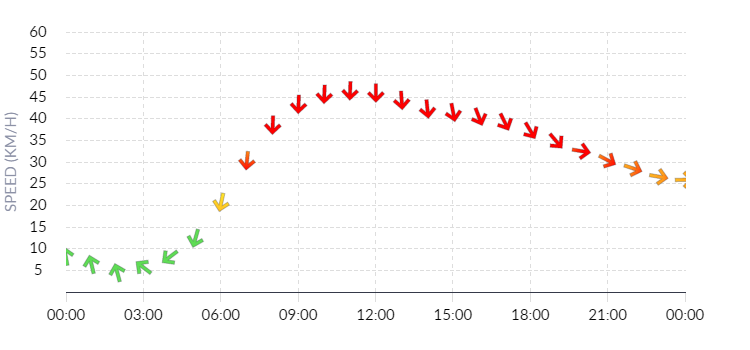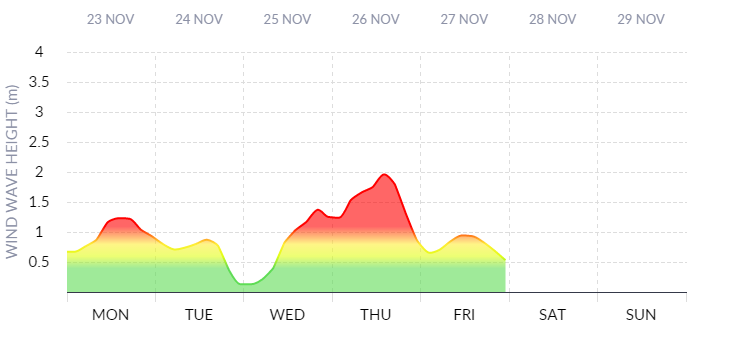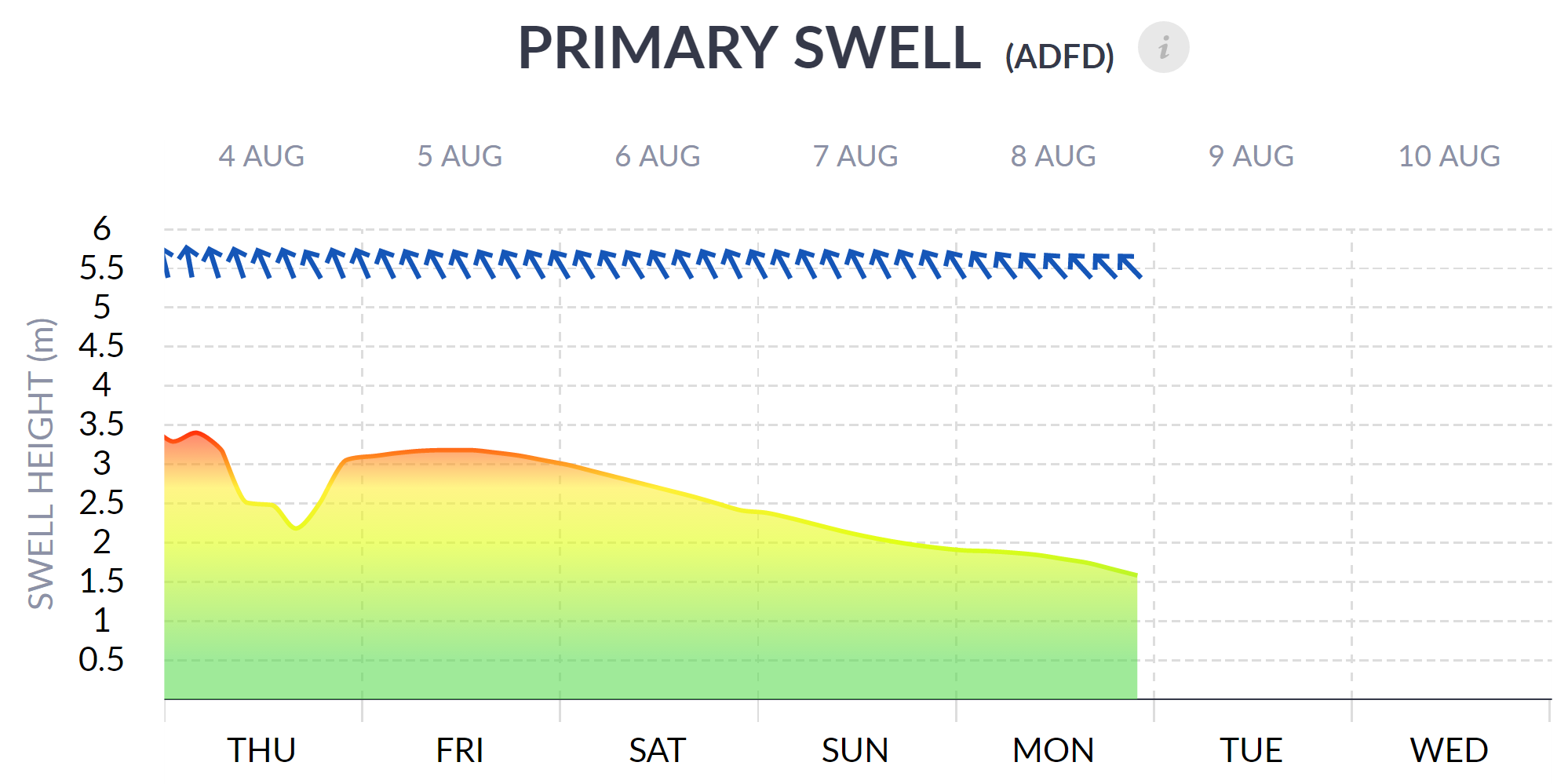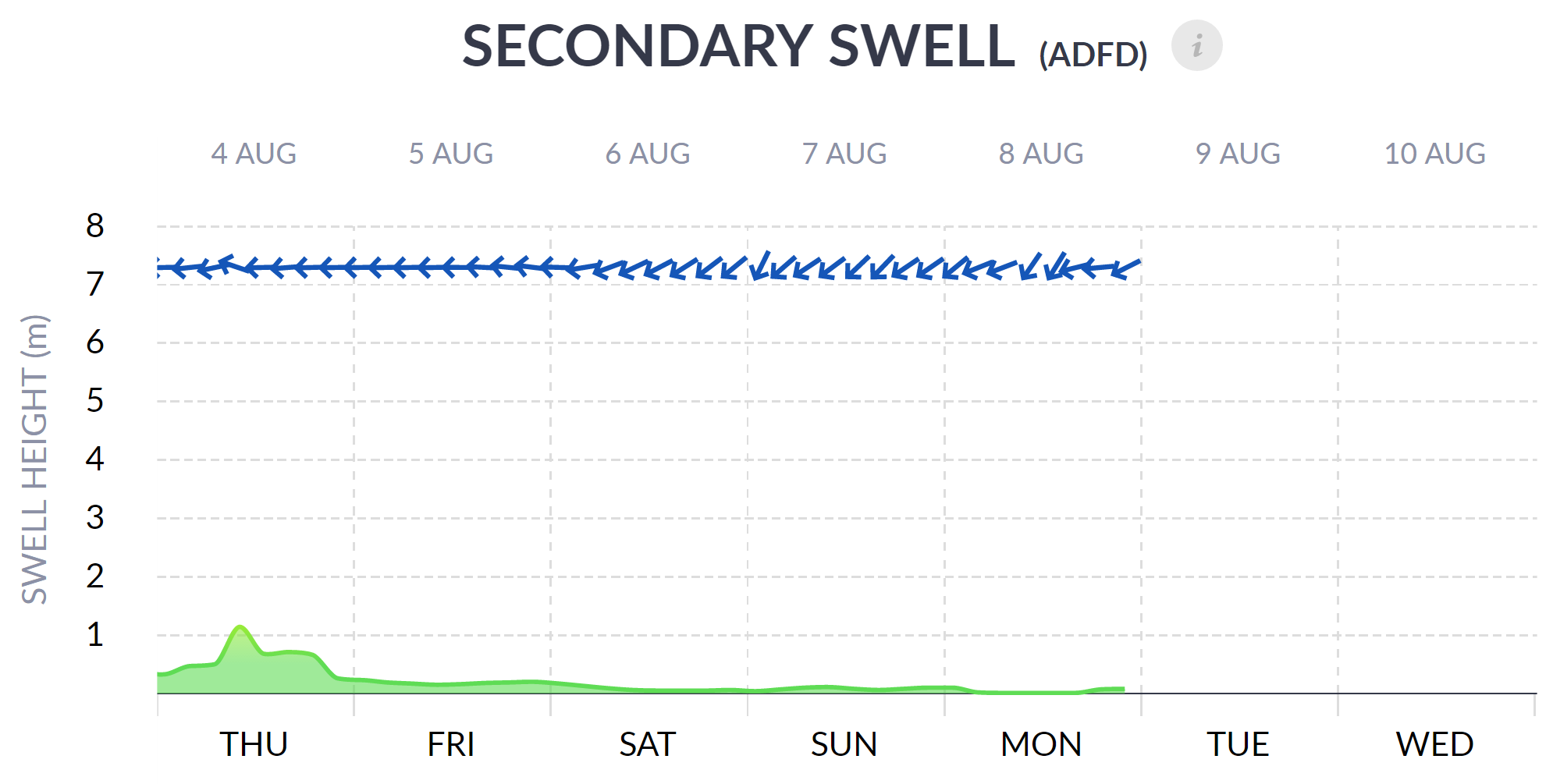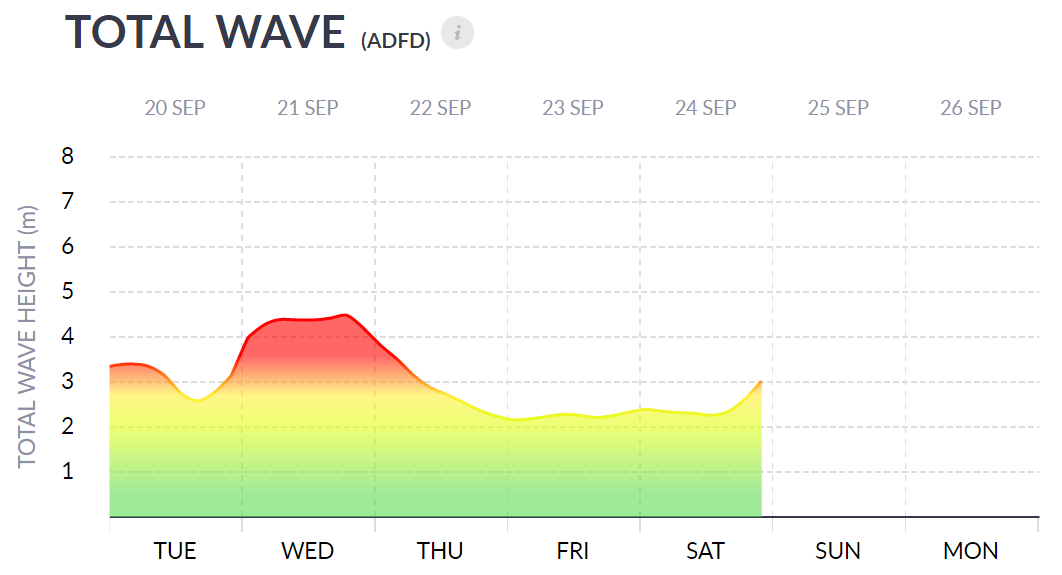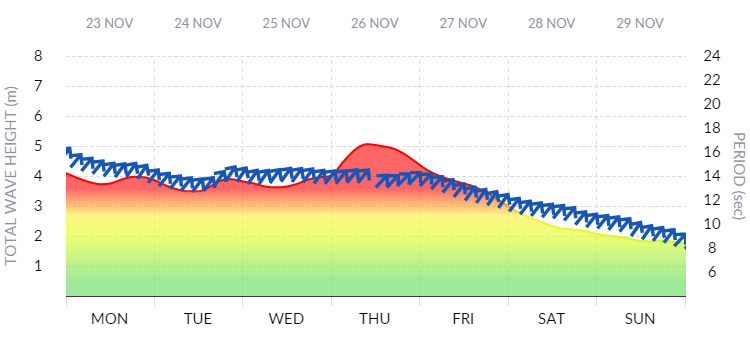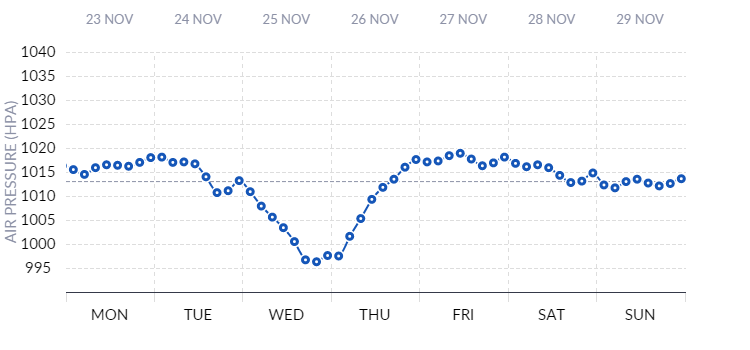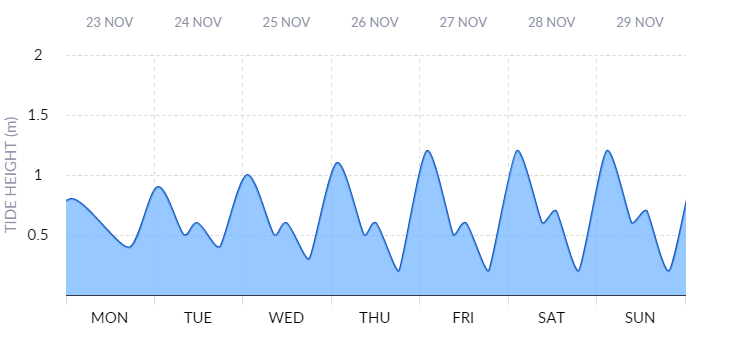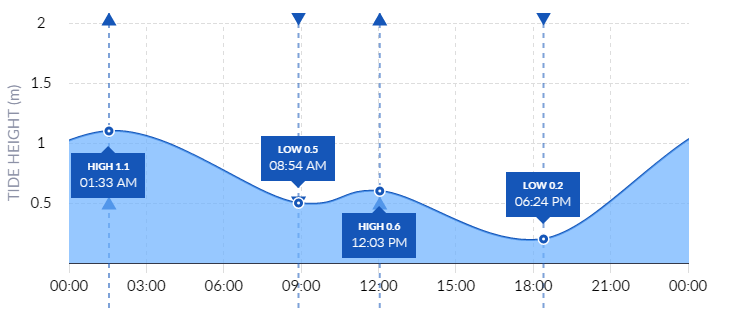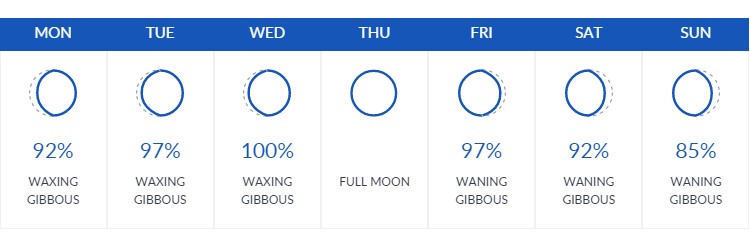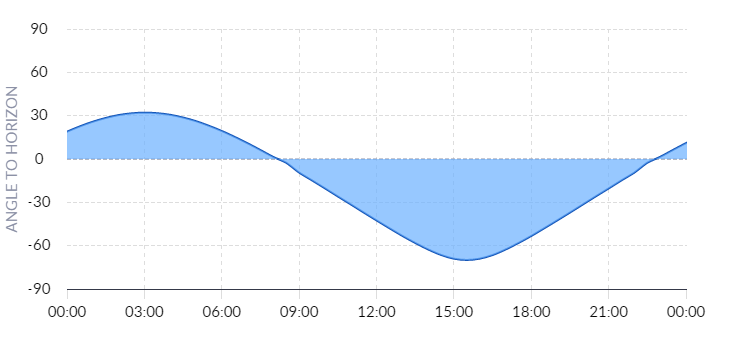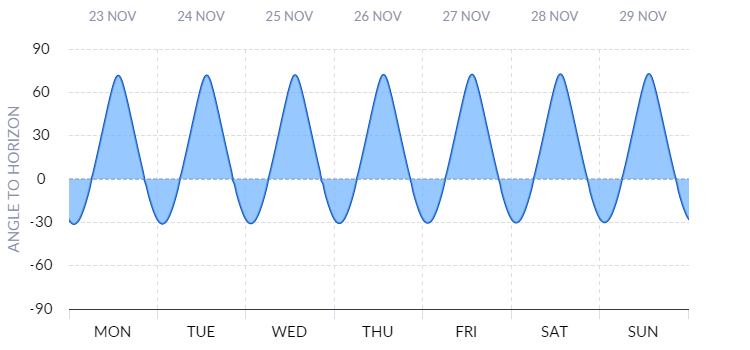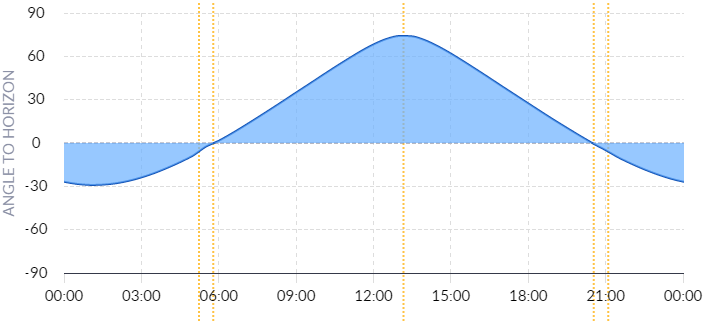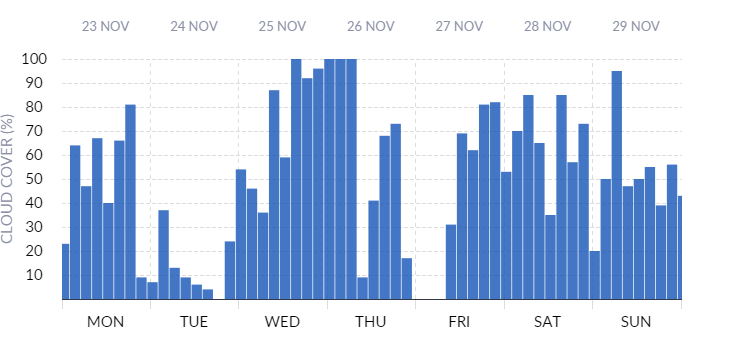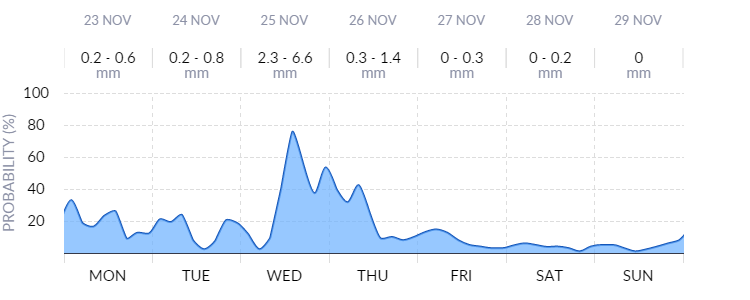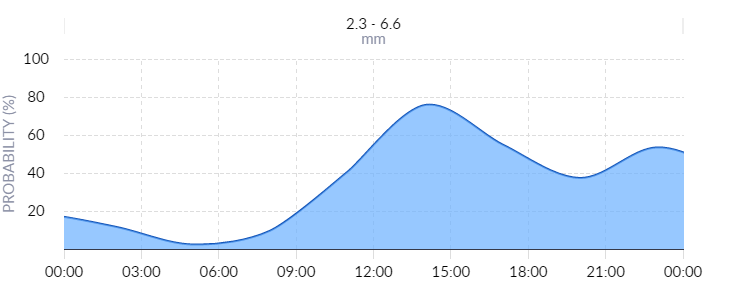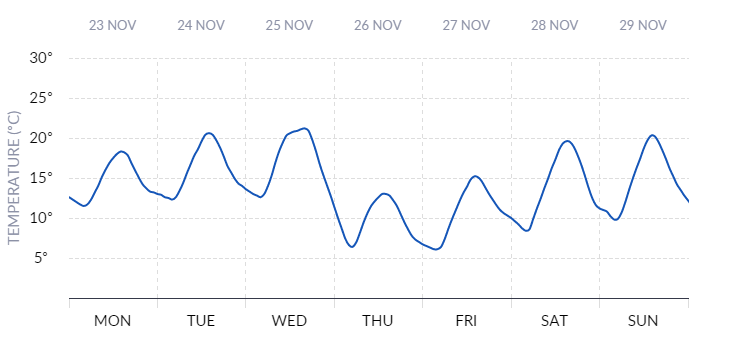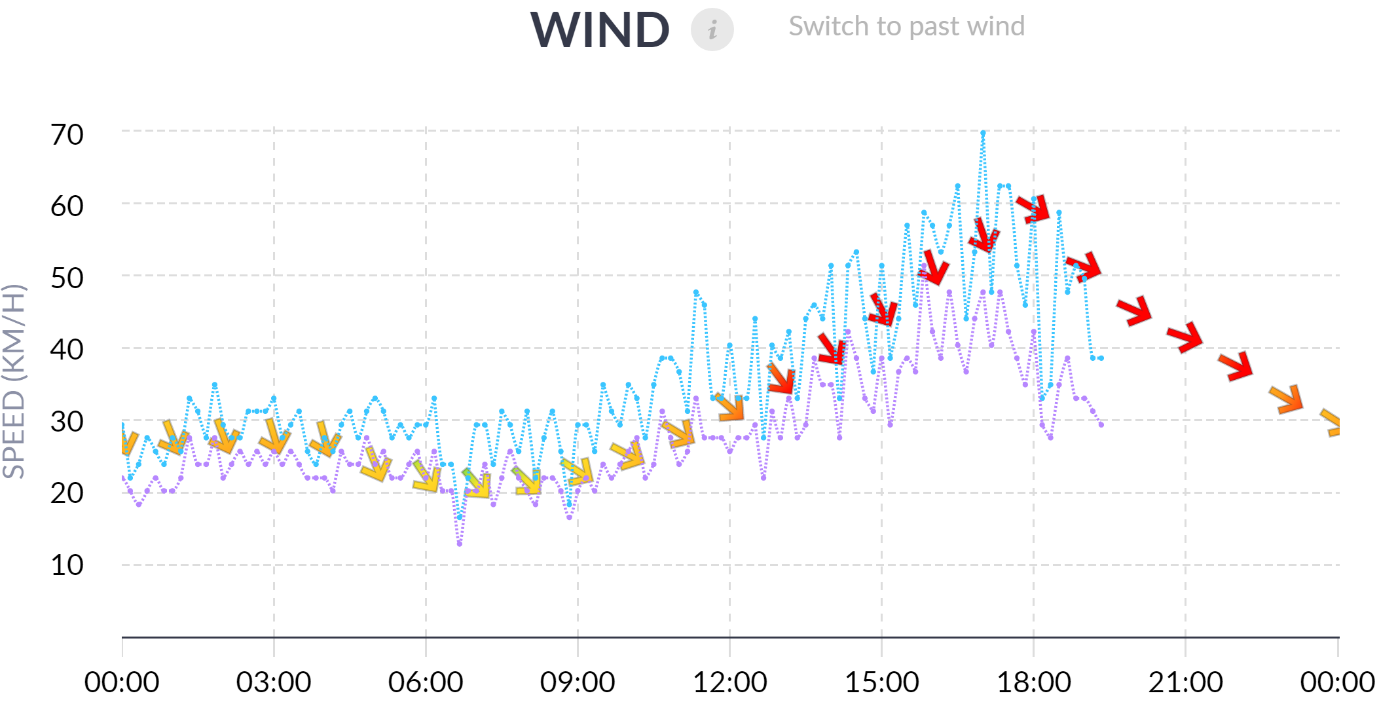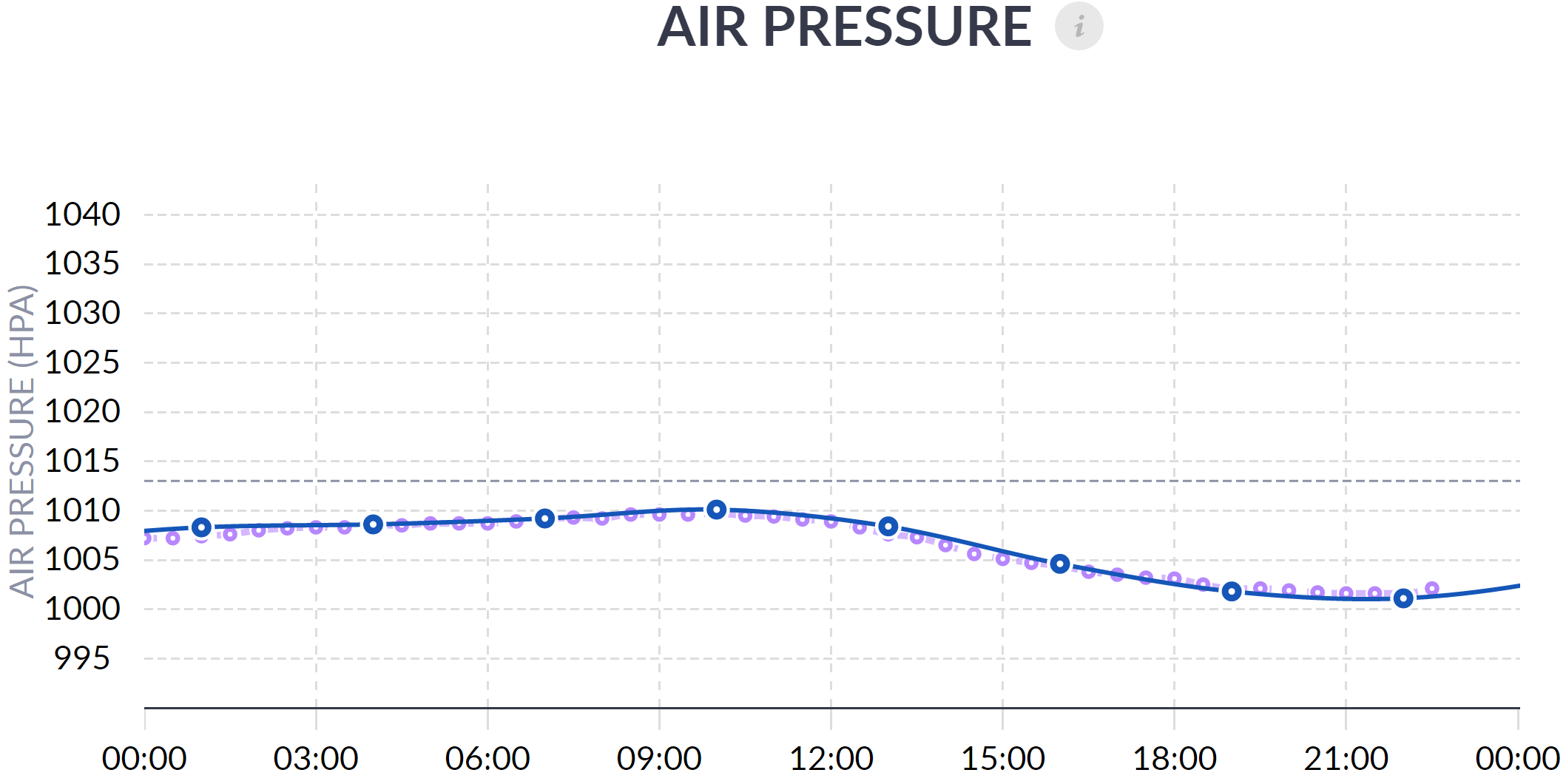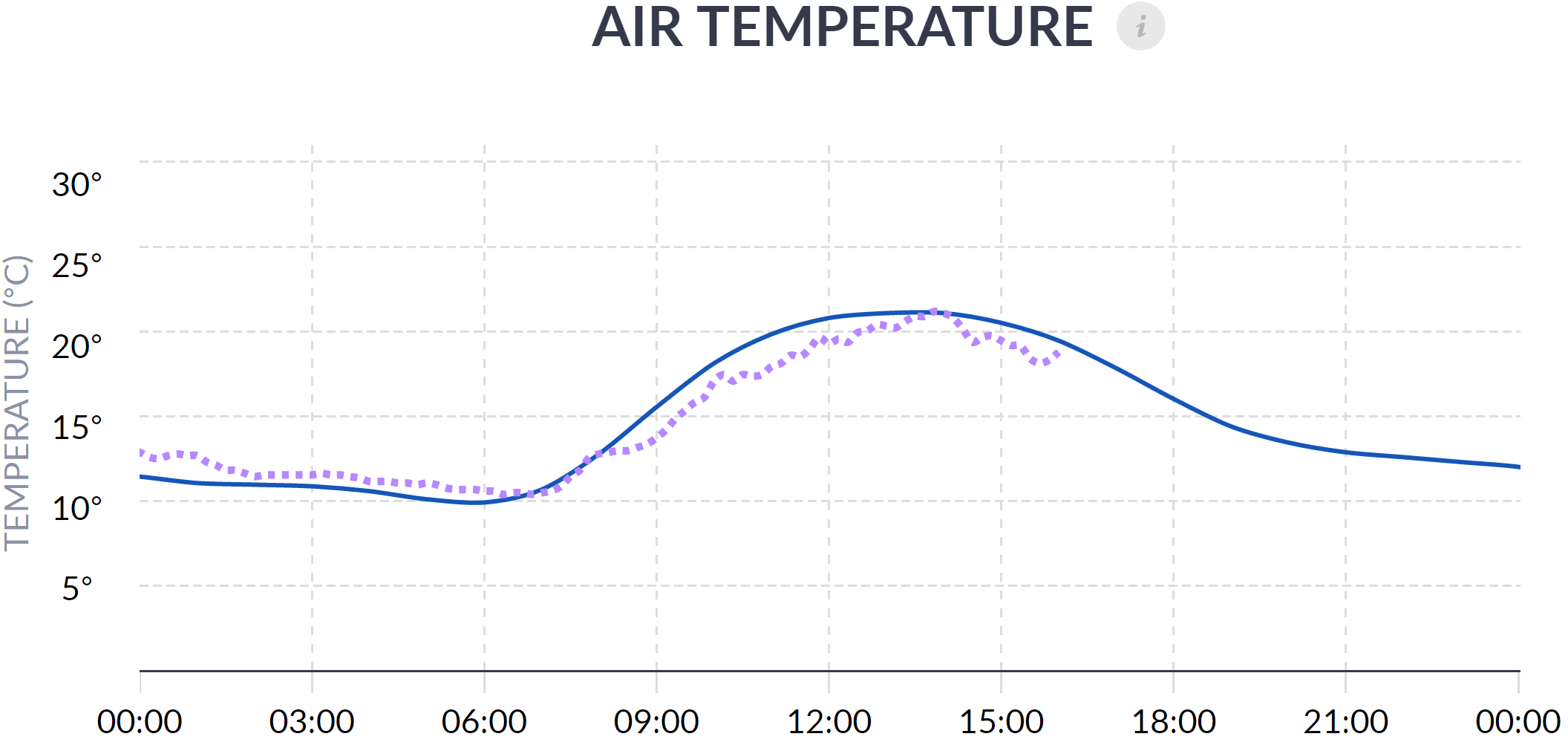At Fish Ranger we believe in providing the best weather information available. We only use high resolution forecast grids from the Australian Bureau of Meteorology and process them to the highest standards to ensure you get the most accurate, up to date and location specific weather information possible.
Forecast Weather, Current Weather and Past Weather pages are displayed for each registered location. The Forecast weather page shows forecasts and sun, moon and tide predictions occurring in future. The Current Weather page shows information relevant to the present day including real time measurements of temperature, humidity, rain, wind, air pressure, water temperature, radar images, satellite images, maximum UV index and weather warnings issued for the state. The past weather page shows weather elements observed at or near the location and predictions of sun, moon and tides occurring in the past.
To see where all ground based weather stations are located throughout Australia you can check out our Weather Observation Station page.
